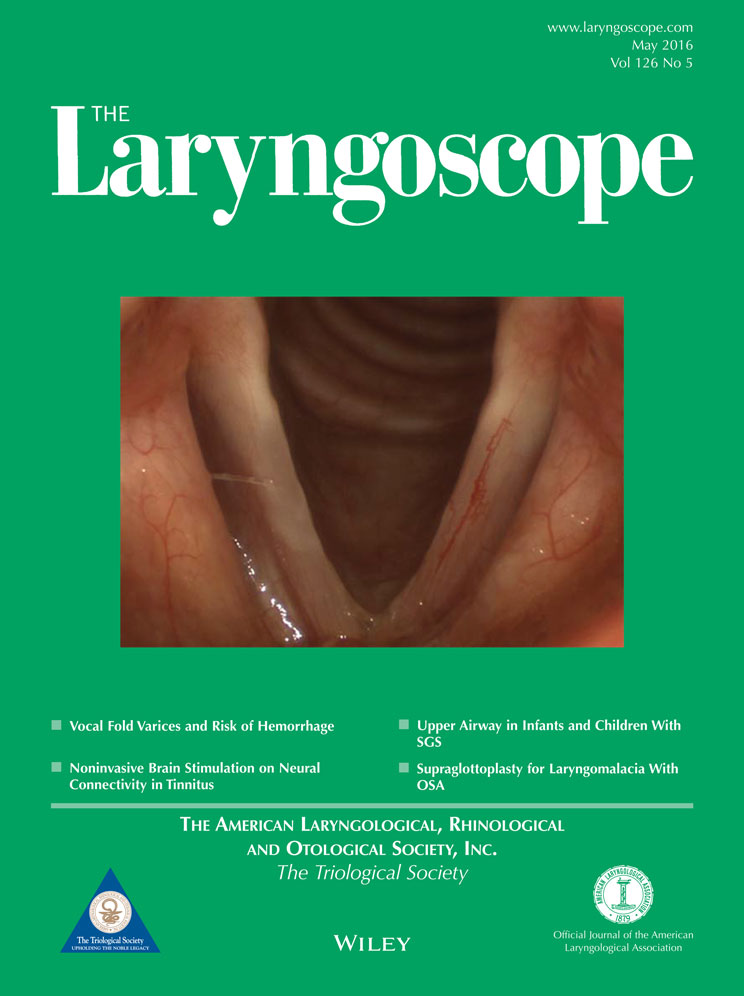Ossicular calisthenics: Pneumomassage of the tympanic membrane
The authors have no funding, financial relationships, or conflicts of interest to disclose.
Abstract
Objectives/Hypothesis
Throughout the latter portion of the 19th and early 20th centuries, pneumomassage devices were widely used by otologists to treat a variety of ear diseases. The so-called eardrum massagers produced a regular, repetitive, oscillatory movement through modifying the air pressure in the ear canal.
The goal of this study was to trace the invention, clinical use, technological diversification, abandonment, and ultimate resurrection of tympanic pneumomassage.
Method
Review of the 19th- and early 20th-century medical journals, texts, and trade catalogs concerning the tympanic pneumomassage.
Results
In 1884, the Belgian otologist Charles Delstanche introduced what he called a rarefacteur, and 5 years later he introduced the masseur du tympan. This lead to a frenzied development of imaginative mechanical and electrical pneumassagers with a goal to exercise the tympanic membrane and ossicles to overcome contraction and rigidity. Tympanic pneumomassage rose to prominence in mainstream otology as a treatment for otitis media, chronic deafness, and tinnitus. After gradually fading out of the otological practice by the 1930s, pneumomassage was reintroduced in the 1980s after a half century of obscurity, this time as a novel invention notably for the treatment of Menière's disease.
Conclusion
The golden era of pneumomassage illustrates the ingenuity of otologists and medical instrument makers in creating a proliferation of clever devices, as well as how highly touted treatment methods may become widely adopted by practitioners despite the lack of efficacy. It also noteworthy that historic therapeutic methods are sometimes reintroduced for purposes not envisioned by their original makers.
Level of Evidence
N/A. Laryngoscope, 126:1180–1186, 2016




